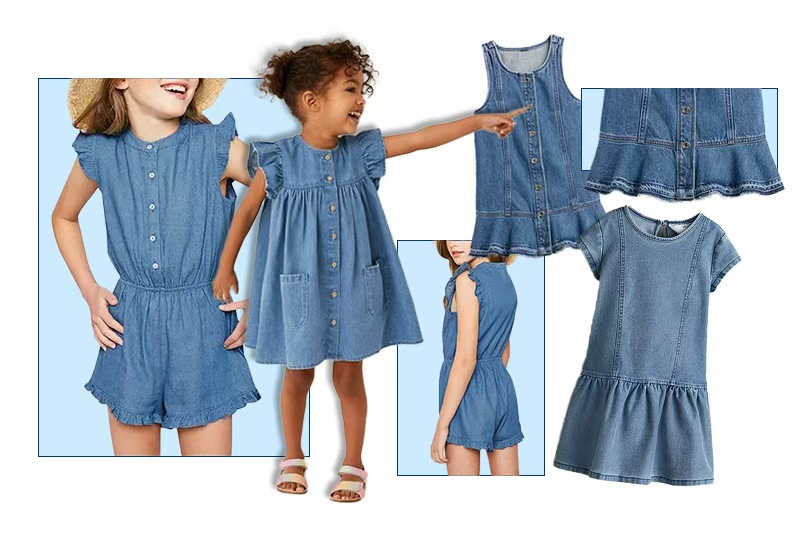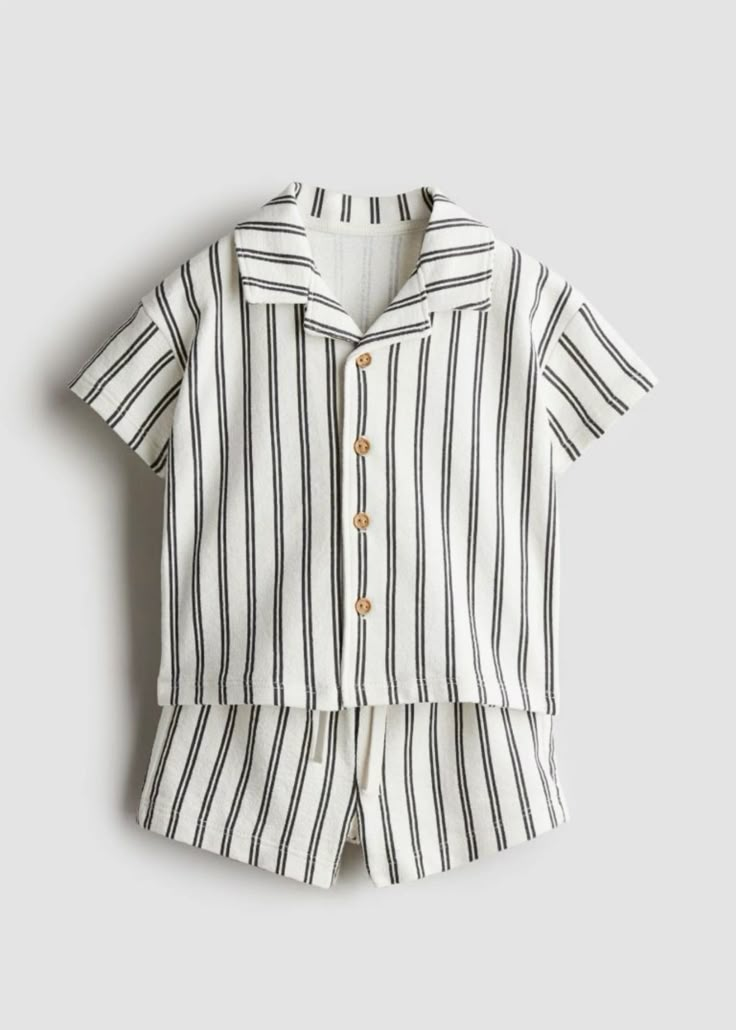Starting a children's clothing brand from scratch can feel overwhelming. I’ve been there. But when you take the DTC (Direct-to-Consumer) route, you cut through the noise, build directly with your audience, and control your story, your pricing, and your power. And trust me, when you’re selling kidswear, trust and connection are everything.
The DTC model gives kidswear brands full control—from product to customer experience—by removing third-party retailers. This lets you shape your brand identity, build one-on-one customer relationships, and respond faster to feedback. With full access to customer data, lower overhead, and a tighter brand message, DTC is the go-to model for modern, mission-driven children’s clothing brands looking to scale sustainably and authentically.
Let’s dive into how to build your kidswear brand using the DTC model—from finding your niche to building trust with parents through thoughtful design, clear messaging, and smart logistics.
What is the DTC (Direct-to-Consumer) model, and how does it benefit kidswear brands?
I like to think of DTC as a straight conversation. You’re not whispering through a crowd of retailers. You’re speaking directly to your customer—usually a parent—through your own channels.
The DTC model eliminates the middleman, allowing kidswear brands to sell directly to consumers via their own online platforms. This gives you tighter control over pricing, branding, customer service, and product feedback. Plus, it helps reduce costs and builds stronger brand loyalty.
The DTC advantage: building your brand on your own terms
Back when I started working with small kidswear labels, I noticed something: those selling through retailers often struggled to stand out. But the ones who sold directly—through their own websites and Instagram stores—had the power to tell their story, show behind-the-scenes, and build loyal followings. They didn’t just sell baby rompers. They sold why those rompers mattered.
Here’s what makes the DTC model so impactful:
| DTC Advantage | Why It Matters |
|---|---|
| Brand control | You own your story, visuals, and pricing |
| Lower overhead | No retail markups or wholesale cuts |
| Fast feedback loop | You hear directly from your customers |
| Deeper customer insight | You collect and analyze your own data |
| Scalable marketing | You run ads, emails, and SMS directly |
Think about it—if you want to build not just a product line but a brand parents believe in, you need that kind of connection.
How can you identify and target the right niche market for children’s clothing?
Before you sell your first shirt, you need to know who you’re selling to—and why they should care. Not all parents shop the same way.
Identifying your niche involves understanding who your ideal customer is, what values they hold, and what clothing gaps they struggle with. Focused niches—like organic babywear for eczema-prone skin or gender-neutral toddler loungewear—can help you stand out and speak directly to a specific audience.
What makes storytelling and brand values essential in a DTC children’s brand?
In the kidswear space, brand values are everything. Parents want to buy from brands that align with their own beliefs—about safety, sustainability, or even just joy.
Storytelling helps parents emotionally connect with your brand by communicating your values, mission, and the inspiration behind your designs. In a crowded market, a strong story turns products into experiences and buyers into loyal fans.
How can social media platforms drive awareness and loyalty for your brand?
Let’s be honest—most of your future customers live on Instagram and TikTok. And not just scrolling—they’re discovering, connecting, and shopping.
Social media is a powerful tool for building brand visibility, showcasing product stories, and engaging with your community through content, giveaways, and conversations. It lets your brand breathe, beyond just product images.
Why is owning your customer data critical in the DTC business model?
Customer data is gold—when used with care and purpose.
Owning your customer data means you can personalize marketing, forecast trends, and build long-term relationships based on real behavior—not guesses. Unlike selling through retailers, where the data belongs to them, DTC gives you direct insight into buying habits, preferences, and feedback loops.
What role does high-quality content play in building trust with parents?
Content isn’t just for SEO. It’s your digital handshake. Your smile. Your "we get it."
From clear product descriptions to helpful size guides and engaging blog posts, high-quality content builds trust, reduces returns, and helps parents feel confident in their purchases. Add in photos of real kids, behind-the-scenes videos, and FAQs that actually help, and you’re halfway there.
How do you design a user-friendly and conversion-optimized DTC website?
If your site is clunky, slow, or confusing—no one’s sticking around. Especially busy parents.
An effective DTC site is mobile-friendly, fast-loading, and designed to guide users toward checkout with minimal friction. Include filters, real-time reviews, size charts, clear calls-to-action, and reassuring return policies.
Which digital marketing strategies are most effective for launching a kidswear brand?
You don’t need a massive ad budget to make waves. But you do need strategy.
For DTC kidswear brands, email marketing, paid social ads, influencer partnerships, and SEO-rich blog content tend to yield the best results—especially when paired with user-generated content. Focus on platforms where your target parents spend time and tailor your tone accordingly.
How can email marketing and SMS nurture customer relationships?
Think of email and SMS as your backstage pass. It’s how you stay close after that first purchase.
Email and SMS marketing help maintain customer engagement, offer value, and create repeat buyers through promotions, early access, and storytelling. Just don’t spam—use segmentation and personalization to build real trust.
What logistics and fulfillment strategies work best for DTC children's clothing?
Your designs can be perfect—but if your shipping sucks, it won’t matter.
Reliable, fast, and trackable logistics are key. Choose a fulfillment partner that understands small parcel shipping and seasonal surges, especially during back-to-school or holiday seasons. Use pre-orders or drops to manage inventory risk.
How do product reviews and UGC (user-generated content) build brand credibility?
Let your customers be your biggest cheerleaders.
Photos, reviews, and videos from real parents help build trust, especially for new buyers. Display them proudly, respond to feedback openly, and encourage customers to share their experiences.
Should you start with a small product line or a full seasonal collection?
Here’s the truth: less can be more.
Start with a focused collection of 3–5 standout pieces to test your market, gather feedback, and avoid overproduction. Once you understand your buyers, scale intentionally with capsule drops or seasonal lines.
How do sustainability and transparency influence DTC brand loyalty?
Parents care deeply about what their kids wear and how it’s made.
Sustainable fabrics, ethical production, and honest communication about your supply chain build long-term trust and brand advocacy. Don’t just say “eco”—show your certifications, your process, your people.
What KPIs should you track to evaluate the success of your DTC kidswear business?
Don’t drown in data—but do keep your eyes on the right numbers.
Track metrics like conversion rate, customer acquisition cost (CAC), average order value (AOV), return rate, repeat purchase rate, and customer lifetime value (CLV). These help you understand what’s working—and what’s just noise.
How can customer feedback shape future collections and product improvements?
Your next bestseller? It might come from a DM or product review.
Collect and act on customer feedback through surveys, social media polls, or post-purchase emails. Parents will tell you what’s working—and what’s not—if you’re willing to listen.
Conclusion
Building a children's clothing brand with the DTC model isn’t just about cutting out the middleman—it’s about cutting straight to what matters. Your story. Your customers. And creating products that mean something to both.


